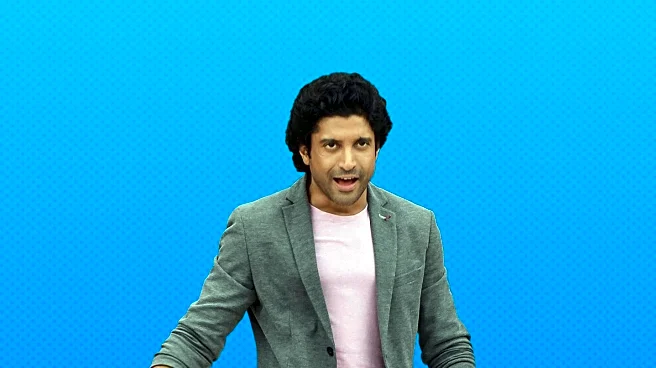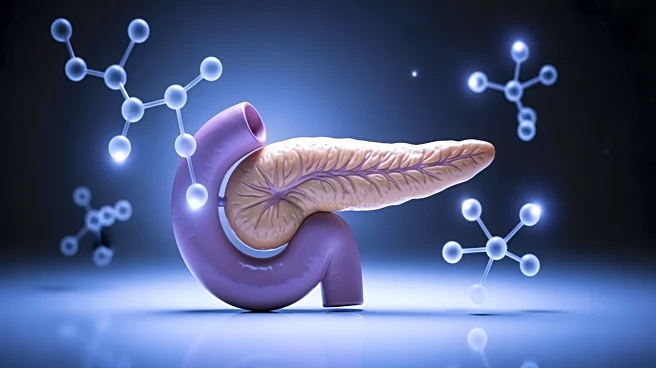What's Happening?
Gastroenterologists have long advocated for mild physical activity, such as walking, to relieve gas and bloating after meals. This recommendation is based on studies conducted in the mid-2000s, where researchers
found that mild exercise, like cycling, significantly increased the expulsion of intestinal gas compared to resting. The studies involved healthy volunteers and individuals prone to bloating, demonstrating that exercise not only expelled infused gas but also reduced baseline gas levels. Walking, in particular, has been shown to improve symptoms of bloating and abdominal discomfort, making it a practical solution for those experiencing post-meal gas, especially after large holiday meals.
Why It's Important?
The practice of taking a 'fart walk' after meals is significant for individuals suffering from conditions like irritable bowel syndrome or chronic bloating, as it offers a non-medical method to alleviate discomfort. Additionally, walking after meals has been shown to reduce blood sugar spikes, potentially benefiting those with prediabetes or diabetes. This simple activity can improve overall digestive health and metabolic markers, making it a valuable habit for maintaining wellness. Encouraging post-meal walks could lead to better management of digestive issues and contribute to healthier lifestyle practices.
What's Next?
As the holiday season approaches, individuals may consider incorporating post-meal walks into their routines to manage digestive discomfort and improve metabolic health. Healthcare providers might further promote this practice as part of a holistic approach to managing conditions like irritable bowel syndrome. Future research could explore the long-term benefits of regular post-meal exercise on digestive and metabolic health, potentially influencing public health recommendations.
Beyond the Headlines
The concept of a 'fart walk' highlights the importance of physical activity in managing digestive health, emphasizing the body's natural mechanisms for gas control. This approach underscores the potential for lifestyle modifications to address common health issues without medication. It also reflects a growing trend towards integrating simple, everyday activities into health management strategies, promoting a more active and balanced lifestyle.












